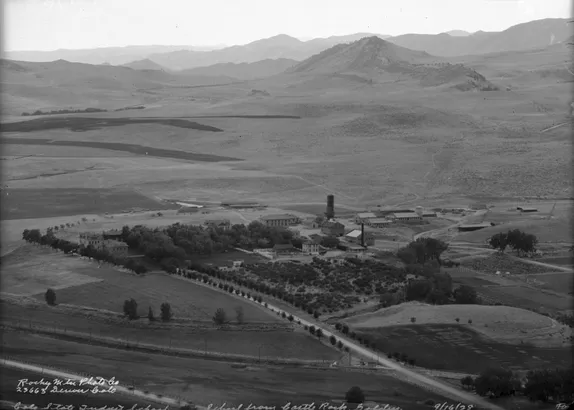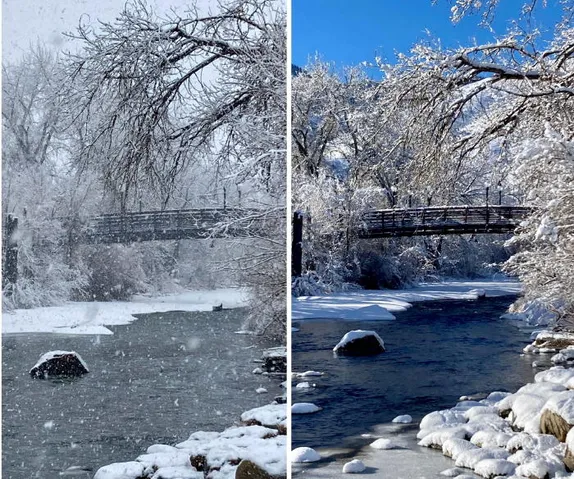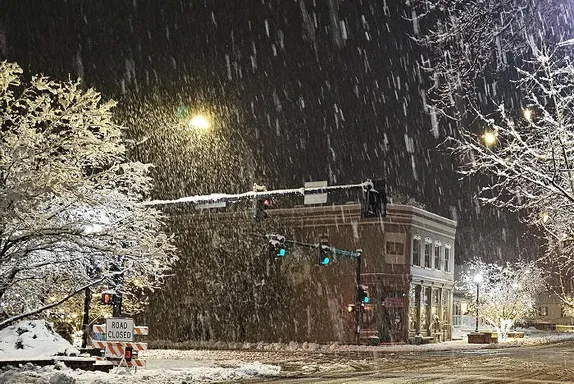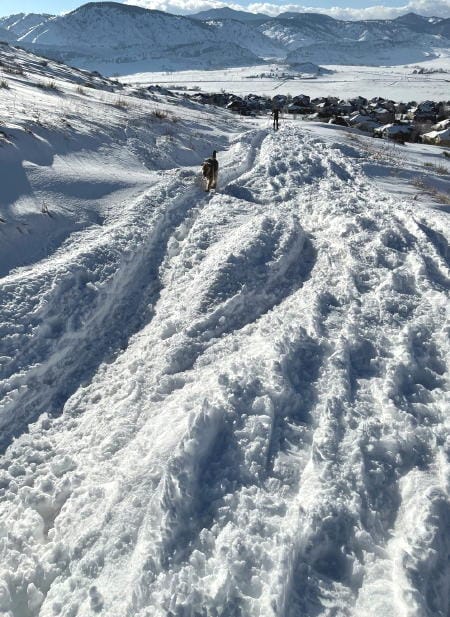
COVID Updates
Jefferson County Public Health was closed yesterday (for snow), so there are no new statistics to post.
Appointments to Get the COVID Vaccine (Eligibility)
State of Colorado’s Find Out Where You Can Get Vaccinated page | Lutheran Medical Center | JCPH Clinic in Arvada (70+ only) | www.vaccinespotter.org/CO/
Jefferson County Public Health’s COVID-19 Vaccine Call Center: 303-239-7000 | State Hotline to answer questions, including location of vaccine providers: 1-877-268-2926. It is staffed 24 hours a day
Golden Testing Sites
Mines COVID Testing | Jeffco Fairgrounds COVID Testing
More Public Health References
School of Mines COVID-19 case page. | Sign up for exposure notifications | CDC | Colorado | Jefferson County | City of Golden
Virtual Events
10:15AM Toddler Time with the Library
8-9AM Golden Merchants Meeting
1-2:30PM Zoom into Watercolor with Janet Nunn
6-7PM Recursos Digitales
7-8PM New and Prospective Member Orientation (Colorado Mountain Club)
7PM Dean Waits – Zoom Tour of Western Canyons and Ruins (Colorado Mountain Club)
Golden History Moment
Greatest Hits Week: To celebrate a full year of writing Golden History Moments, I’m re-running some of my favorite articles. This article about early automobile traffic combines two articles–one from October 18, 2020 and another from January 17, 2021 .
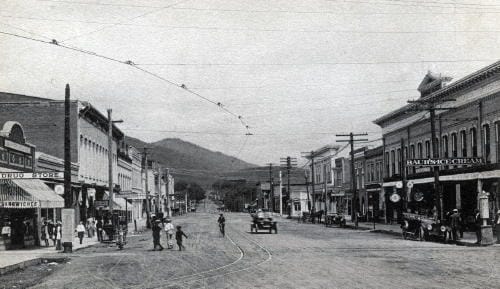
The early twentieth century was a thrilling and very dangerous time to be a motorist. The roads were hazardous, the drivers were all new and unskilled, and there were few rules or protocols to keep the new toys from colliding. People had traffic accidents constantly.
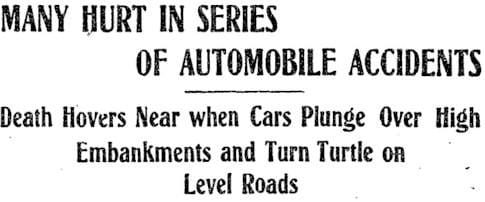
The August 5, 1915 Colorado Transcript included an article describing “at least nine automobile accidents…in this county during the past four days.”
1 The worst accident occurred on the North Golden Road (44th St.) near Mt. Olivet Cemetery. A car “plunged off the road and turned over several times.” There were five occupants and all were thrown from the car. One woman had a broken back and internal injuries and was expected to die. One received a compound fracture of a leg and dangerous internal injuries. A third occupant had a deep gash in the forehead, the fourth a broken arm, wrenched ankle, and deep cuts about the head, and the fifth had internal injuries.
2 The next accident occurred when an auto containing five people skidded off the road between Golden and Idaho Springs and tumbled down a mountain side. The car turned over twice. All were painfully injured and one was taken to a hospital with internal injuries.
3 A Roadster went off the road west of Morrison and turned completely over. All were injured, but one woman had serious internal injuries because the car “landed squarely on her body.”
4 Another car went over a three foot embankment and turned over.
5 A “big International truck” went down a fifty foot bank near the Golden Smelter (10th St./44th Ave – just east of the city limits). It landed upside down after rolling over twice.
6 Near the same spot and within half an hour of that accident, a Ford hurdled over the edge of the road and landed 15 feet below in a pile of boulders.
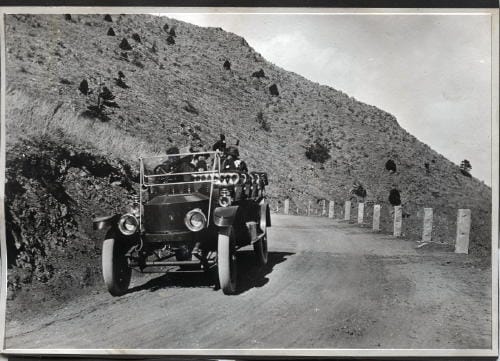
7 A big touring car crashed into Louis Brunell’s car near Windy Point.
8 A Ford went off the road west of Genesee Park and landed in the trees fifty feet below, but the occupants were able to jump to safety.
9 “A big sight-seeing steamer…ran into an eight cylinder Cadillac on Lookout Mountain and tore one of the wheels completely off.” The driver of the steamer did not slacken his speed.
10 “A big touring car…plunged into the bank near Windy Point, and one of the front wheels was broken off.”
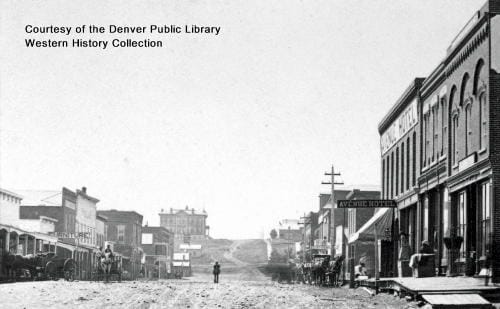
It was a thrilling and very dangerous time to be a motorist. The roads were hazardous, the drivers were all new and unskilled, and it seemed that new toys were constantly colliding.
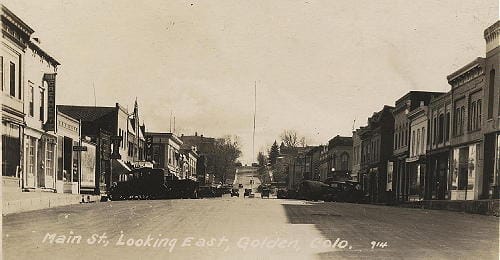
Traffic laws were a long time coming. The January 17, 1929 Colorado Transcript warned readers that they actually needed to STOP at stop signs.

For quite some time, Golden had been looking for ways to encourage safer driving habits. The number of drivers on the road multiplied every day. There were few established safety rules and no norms as to who needed to yield at intersections.
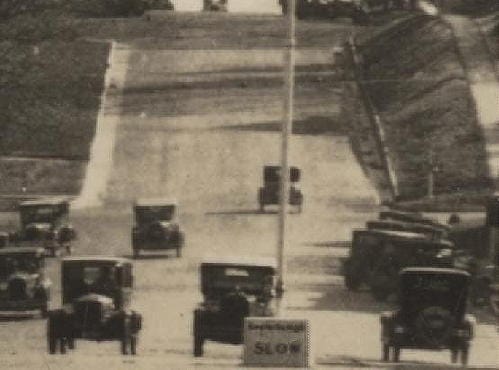
At that time, there was a flagpole in the center of the intersection at 12th and Washington. In an effort to curb exuberant drivers, City leaders had painted “SLOW” on the base of the flagpole. In January of 1928, they added the word “STOP” on the sides that faced 12th Street.
After a year of waiting (in vain) for the command to sink in, City Council voted to impose a fine on people who failed to stop. The January 17th, 1929 article described the violators being brought to court. “Several local offenders professed ignorance of the city’s “stop” signs, but it was pointed out to them that they have been in place almost a year.” The fine for a first offense was $6; second offense was $11, and third offense was $21.
Many thanks to the Golden History Museum for providing the online cache of historic Transcripts, and to the Golden Transcript for documenting our history since 1866!


